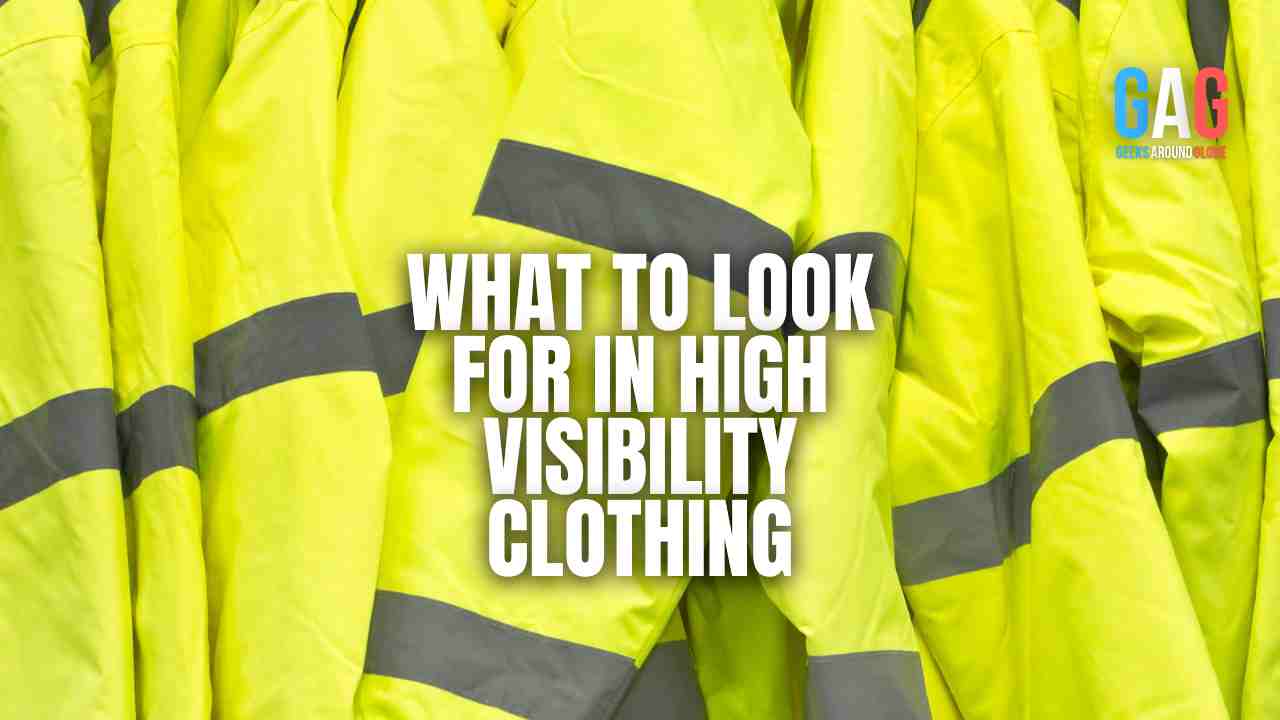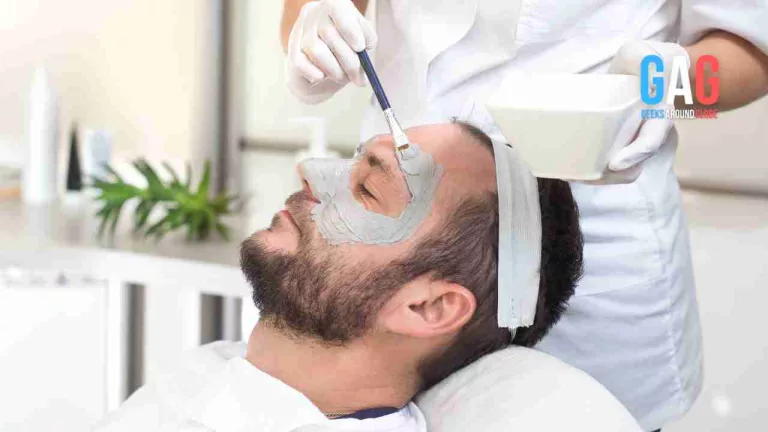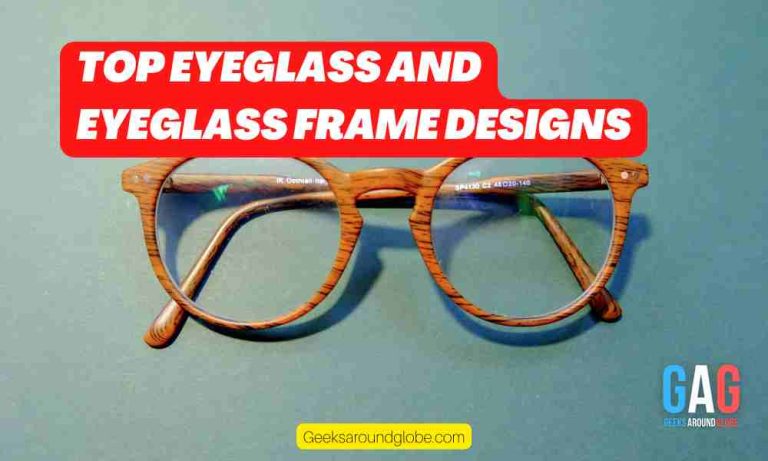High-visibility clothing utilises fluorescent and reflective elements to help keep you safe in risky situations. In certain jobs and industries, hi-vis clothing is a requirement to keep workers safe and reduce the likelihood of accidents or injury.
With hi-vis clothing, it’s important to know what features to look for. Read on to find out why this type of clothing is important and the factors you should consider when choosing high-visibility clothing.
Why is high visibility clothing important?
High visibility clothing helps to prevent accidents and injuries when taking part in activities that carry risk. This might be during your day-to-day work if you work in construction, transport or utilities or during a leisure activity such as cycling or riding a horse on the road.
Hi-vis clothing ensures you can quickly and easily be seen by others, even in poor weather or low lighting conditions. In the UK, high-visibility clothing is considered to be Personal Protective Equipment (PPE) and is therefore written into workplace Health & Safety laws, making it mandatory in construction locations where plant or vehicles are in operation.
Factors to consider for hi-vis clothing
There are several different options for hi-vis clothing garments, depending on whether you need part or full-body coverage, including high-visibility jackets, hi-vis trousers and high visibility vests for safety.
Here are some of the factors to consider when choosing your hi-vis clothing.
Does it meet the regulation standards?
There are two European safety standards for high visibility clothing, both of which require fluorescent material for visibility in the daytime as well as retroreflective material for improved visibility at night or in low light. The BS EN 1150 standard covers garments for private use whereas the BS EN 471 standard sets out the requirements needed for hi-vis clothing that will be worn in the workplace or in a professional capacity. These standards are to ensure that the wearer will be visible against a variety of backgrounds in all possible weather and lighting conditions and that the clothing doesn’t lose functionality with wear (i.e. is hardwearing and long-lasting.)
Quality, comfort and fit
After ensuring that your hi-vis clothing meets the minimum safety standards, you’ll also want to consider the quality of the garment along with the comfort and fit. If the hi-vis clothing will be worn for a long period, for example, during a full day’s work, then it needs to be comfortable and easy to move around in.
High visibility garments shouldn’t be so tight as to be restrictive but can’t be too loose either as this could pose a safety risk. Look for added features such as padded collars to prevent chafing and useful pockets for storing workplace ID and other essential items.
The weather or temperature
When purchasing hi-vis clothing, you should consider the climate it will be used in. Lightweight garments will be better if working in a hot, humid environment. On the other hand, if you’re going to be outdoors in all weathers for long periods, then warmth and protection from the elements is also a key consideration.
In Conclusion
High-visibility clothing is a vital piece of safety equipment that can reduce the likelihood of harm when working in potentially hazardous situations or taking part in leisure activities that carry risk. Choosing the right hi-vis clothing for your needs is crucial and there are several important factors to consider.







